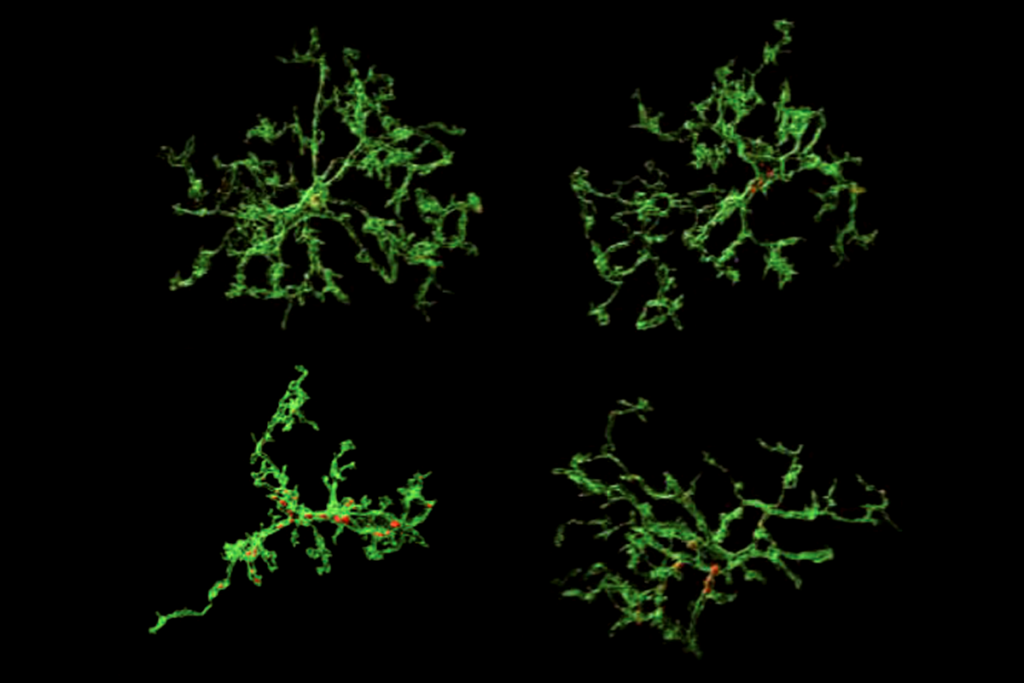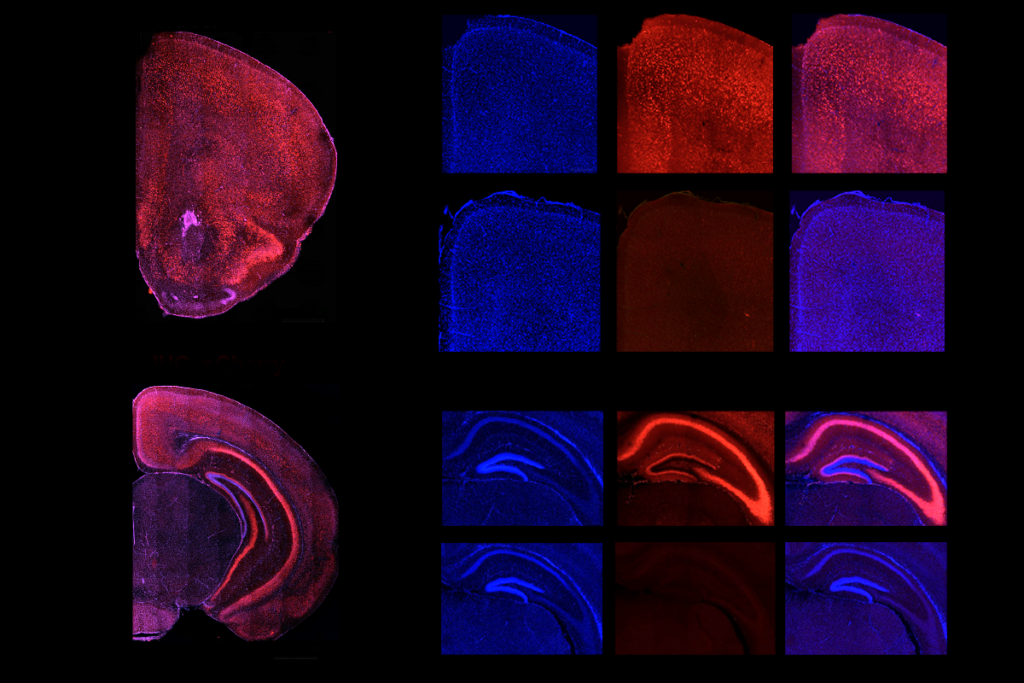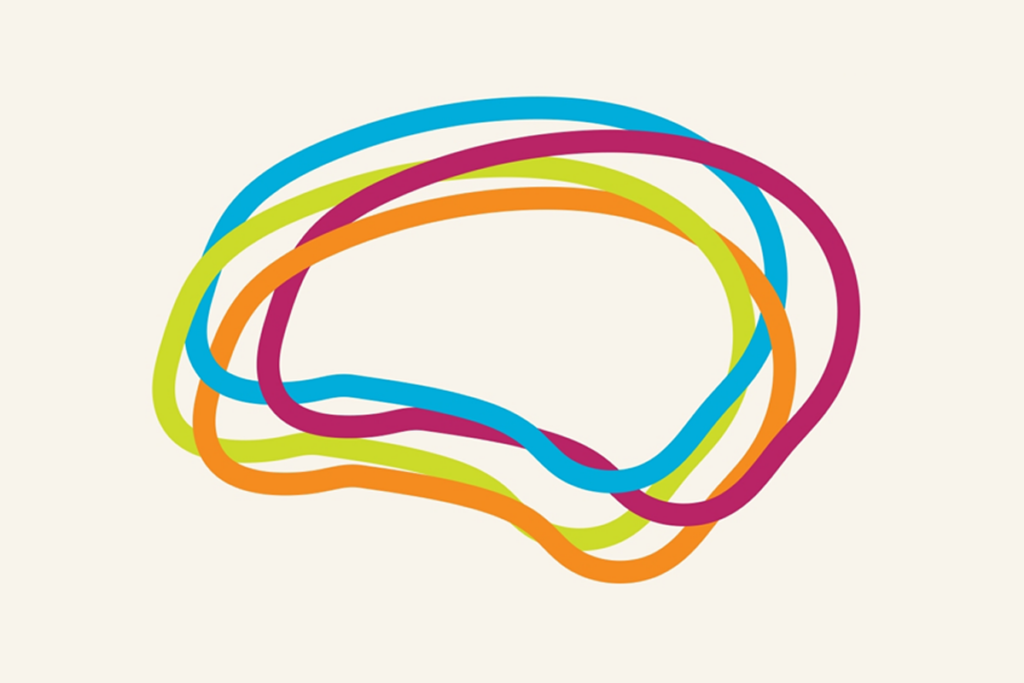1985 paper on the theory of mind
In 1985, Simon Baron-Cohen, Alan Leslie and Uta Frith reported for the first time that children with autism systematically fail the false belief task.
And yet, what are we to do about this terribly significant business of other people… so ill-equipped are we all to envision one another’s interior workings and invisible aims?
―Philip Roth, American Pastoral
**
Most people are vastly more interested in the invisible aspects of other people’s actions than in the visible ones. What we generally want to know about others is their “interior workings and invisible aims” ― that is, their beliefs, desires and intentions.
When someone checks her watch, is she uncertain about the time, late for an appointment, or bored with the conversation? If someone shot his friend on a hunting trip, did he intend revenge or just mistake his friend for a deer? Why did Romeo kill himself, when Juliet was not really dead?
The mechanism people use to answer these questions, by inferring and reasoning about another person’s states of mind, is called the ‘theory of mind.’
The most common measure of theory of mind, in cognitive science, is the ‘false belief task.’ This task is effectively a stripped-down version of Romeo and Juliet.
A preschooler is presented with a story about two characters, Sally and Anne. He is told that Sally has a ball, that she has put the ball in a brown basket and gone outside; that Anne takes the ball from the basket and plays with it inside the house, and then puts it in a green box; and that Sally now is coming back inside to get her ball.
Where, he is asked, will Sally look for her ball?
We know that Sally will look for the ball in the brown basket: that is where she put it, and she thinks it is still there. Children at age 5 see it the same way: they breeze through the false belief task. But 3-year-old children do not.
The younger children consistently predict the opposite: they expect Sally to look for her ball in the green box, where the ball really is.
It’s as if the 3-year-olds cannot take Sally’s (false) belief about the ball into account in predicting her behavior ― or as if they would predict that Romeo will not kill himself, because Juliet is not really dead.
Developing theory:
These results suggest that children’s theory of mind is still developing between the ages of 3 and 5 years. The 3-year-olds don’t yet seem to fully understand the ways that other people’s actions depend on their own states of mind ― rather than on the state of the real world.
There are some striking exceptions to this developmental timeline, however.
Children and adolescents with autism or Asperger syndrome struggle to think about other minds in ways that most people find effortless. This difficulty with understanding other’s thoughts emerges clearly on the false belief task.
In 1985, Simon Baron-Cohen, Alan Leslie and Uta Frith reported for the first time that children with autism systematically fail the false belief task1.
In contrast, children with Down syndrome pass the task, in spite of having lower IQ scores than those with autism. Since then, this fundamental discovery has been replicated many times.
Based on their observations, the authors concluded that autism leads to a specific delay in the development of theory of mind.
The idea that autism is associated with social difficulties was not new. When Kanner first identified autism as a developmental disorder in the 1940s, the characteristic symptoms of autism included difficulties in communication and social interaction. But what was new in the 1985 paper was a proposal for the underlying cause of these difficulties.
Many possible explanations of reduced social interaction in autism have been offered over the years. Do children with autism have trouble perceiving the visible parts of other people’s actions, such as their movements and their facial expressions? Do they have atypical emotional reactions to other people?
The authors were the first to suggest a cognitive alternative: children with autism may be specifically struggling to understand the mental states behind other people’s observable shell.
Failure on the false belief task is not indisputable evidence of a specific delay in the theory of mind, however. Children with autism can fail the task for other reasons.
For example, passing the task requires sophisticated impulse control; children must inhibit the desire to point to the green box, where the ball really is. When the paper was first published, many scientists suggested that this could be why children with autism fail false belief tasks.
Difficult tasks:
The right way to test this alternative hypothesis is to think of another task that is just as difficult, but that doesn’t require imagining other people’s thoughts. If children with autism fail this ‘control’ task, then their failure on the false belief task might not be a symptom of a theory of mind deficit after all.
In 1990, Debbie Zaitchik introduced a control task that has the right properties: the “false photograph” story2. In this task, after Sally puts the ball in its original location, the brown basket, she takes a Polaroid photograph. Then Anne moves the ball from the basket to the second location, the green box. Before the child is allowed to see the picture, he is asked to predict: where will the ball be in the picture?
Baron-Cohen and Leslie were quick to use the false photograph task to test their theory of autism. In separate papers3,4, and with separate groups of children, both reported the same result: children with autism fail the false belief task, but pass the false photograph task. So their original conclusion was supported.
Although children with autism appear to have the logical and cognitive resources necessary to pass the false photograph task, they still fail the false belief task, which hinges specifically on the theory of mind.
Of course, there are still many unanswered questions. Not all people with autism fail false belief tasks: with training, or even just with time, many learn to make the correct action predictions.
Does this mean that a deficit in the theory of mind is only a temporary feature of autism? Or does it mean that some people with autism have found ways of compensating for their weaknesses?
More generally, if difficulties with social interaction are explained by a deficit in theory of mind, what explains that deficit? Autism is a neurological disorder, with a genetic basis. The basis ― either in the brain or in the genome ― of the social difficulties of children with autism are yet to be elucidated.
Finally, there appear to be many different causes of autism, including many different kinds of genetic bases. But why do all of these different biological causes lead to a common effect on the theory of mind?
These questions are the legacy of Baron-Cohen, Leslie and Frith’s landmark papers.
References:
Recommended reading

Constellation of studies charts brain development, offers ‘dramatic revision’

Functional connectivity links with autism, not ADHD; and more

Ramping up cortical activity in early life sparks autism-like behaviors in mice
Explore more from The Transmitter

‘How to Change a Memory: One Neuroscientist’s Quest to Alter the Past,’ an excerpt
